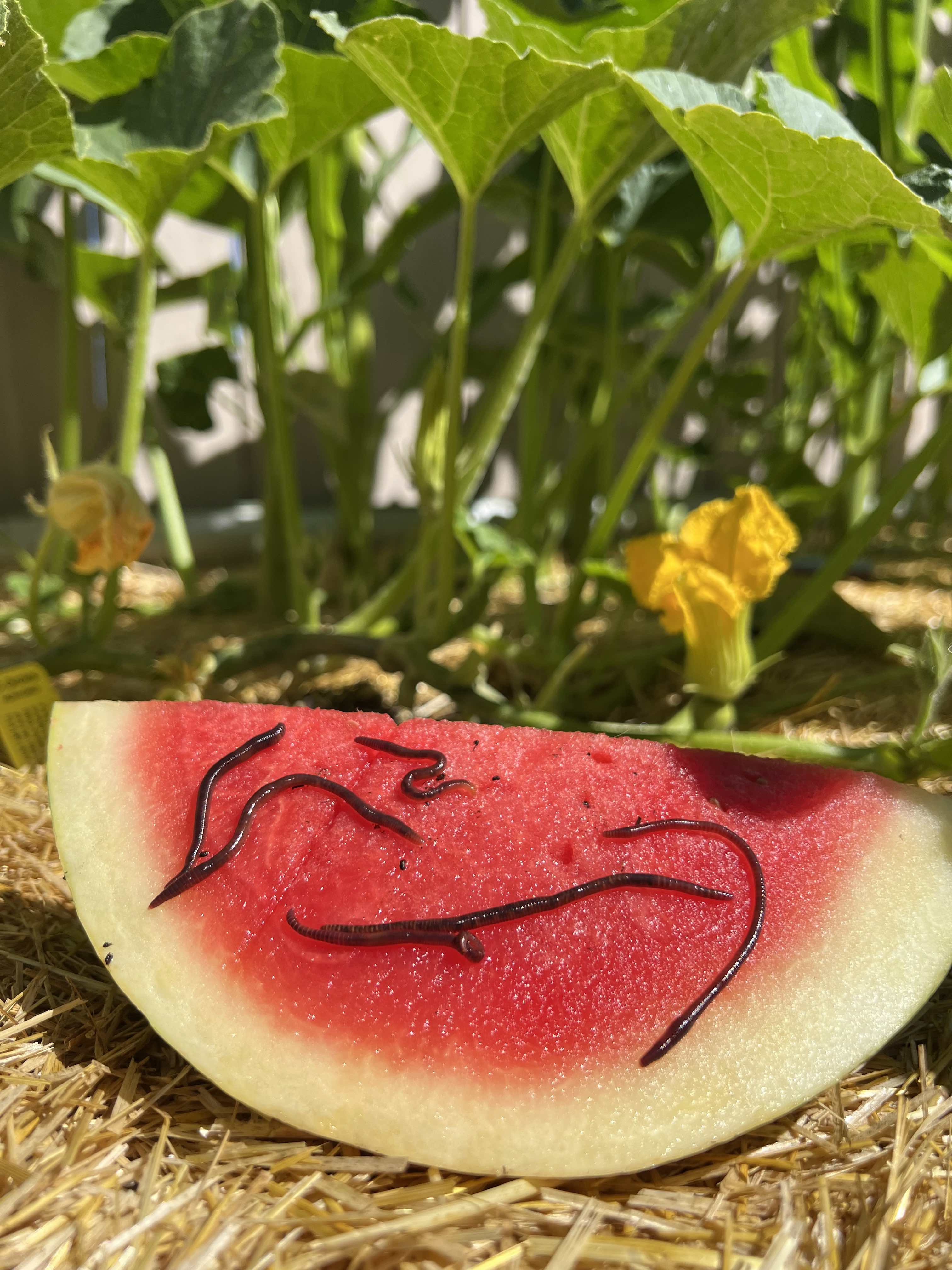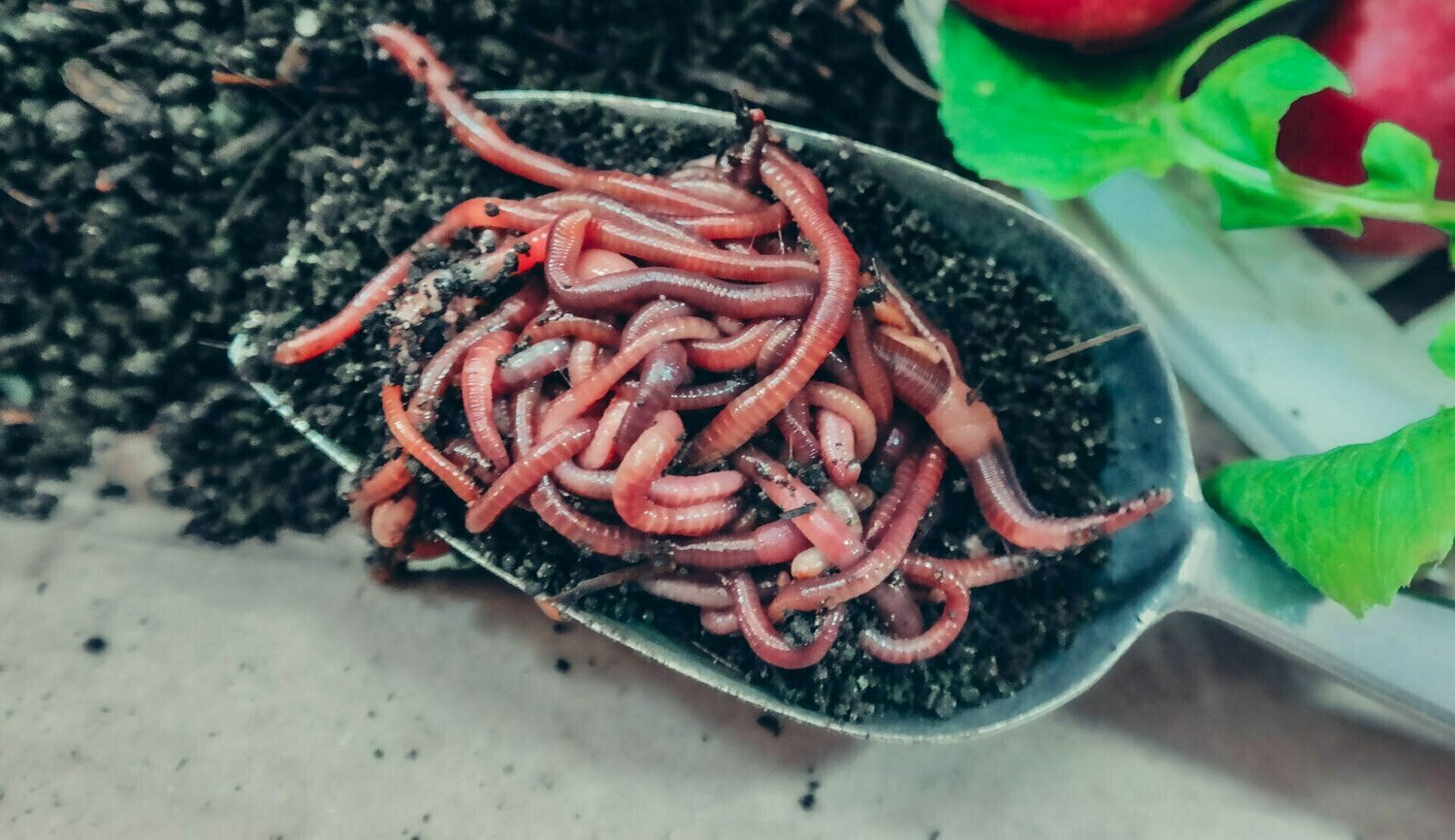Red Wiggler Worms - Perfect for Vermicomposting and Dirt Enrichment
Red Wiggler Worms - Perfect for Vermicomposting and Dirt Enrichment
Blog Article
Red Wiggler Worms Demystified: Opening the Keys of Vermiculture for Greener Living and Nutrient-Rich Soil
In the world of sustainable techniques for enhancing dirt quality and advertising eco-conscious living, red wiggler worms play a critical yet often ignored role. Red Wiggler Worms. Recognizing the intricacies of caring for these worms, maximizing their environment, and utilizing their spreadings can lead to a greener way of life and much healthier soil for plants to flourish.
The Role of Red Wiggler Worms
Red Wiggler worms play a crucial role in composting systems by successfully breaking down natural matter right into nutrient-rich castings. These starved eaters eat a variety of natural materials, such as kitchen area scraps, yard waste, and paper products. As they feed, the worms' digestive system procedures break down the natural issue into a penalty, dark, and nutrient-dense material understood as worm castings or vermicompost.
The castings generated by Red Wiggler worms are highly valuable for soil health and wellness and plant development. They are rich in necessary nutrients like nitrogen, phosphorus, and potassium, which are important for sustaining healthy plant advancement. In addition, worm castings consist of helpful microorganisms and enzymes that aid enhance dirt structure, increase water retention, and enhance nutrient uptake by plants.
Benefits of Vermicomposting

Furthermore, vermicompost, the nutrient-rich final result of vermicomposting, works as a superb natural fertilizer and dirt conditioner. It enhances dirt structure, boosts soil oygenation, and enhances dirt wetness retention. These homes contribute to much healthier plants with stronger origin systems and better resistance to pests and conditions. Vermicompost also improves the soil with essential nutrients like nitrogen, phosphorus, and potassium, advertising plant growth and total soil fertility.
In addition, vermicomposting supports sustainable horticulture methods by giving a natural and chemical-free alternative to synthetic plant foods. Red Wiggler Worms. This eco-friendly strategy not only improves the dirt however additionally helps in reducing reliance on unsafe chemicals, promoting a greener and extra sustainable method of gardening
Establishing a Worm Container
When establishing a worm container for vermicomposting, correct setup is vital to ensure the success of the composting process. The initial action in establishing a worm bin is choosing an appropriate container. This can be a plastic bin or wooden box that offers sufficient area for the worms to move and has proper water drainage openings to avoid waterlogging. Next off, a bed linens product such as shredded newspaper, cardboard, or coconut coir ought to be added to the bin. This bedding provides a comfy find out this here environment for the worms and helps maintain moisture levels.
After adding the bedding, present the red wiggler worms to the bin. It is recommended to start with a handful of worms and slowly raise as they multiply. The worms ought to then be provided with food scraps such as vegetables and fruit peels, coffee grounds, and eggshells. It is necessary to prevent including meat, milk, oily, or salted foods to avoid attracting pests and producing unpleasant odors.
Consistently keep an eye on the wetness degrees and temperature in the worm container to guarantee optimal conditions for the worms. With correct configuration and maintenance, the worm bin will successfully convert natural waste right into nutrient-rich garden compost for your plants and garden.
Collecting Worm Spreadings
To effectively collect nutrient-rich worm spreadings from your vermicomposting system, a systematic harvesting approach is vital. There are a couple of crucial actions to comply with to guarantee an effective process when it comes time to collect the worm castings. Stop including fresh food scraps to one side of the worm container for a couple of weeks prior to collecting. This urges the worms to migrate sideways with fresh bedding and food, making it less complicated to scoop out the spreadings from the opposite.

Troubleshooting Common Issues
Recognizing and resolving usual obstacles that might emerge throughout the vermicomposting procedure is vital for keeping a healthy and balanced and effective worm container. One usual concern that vermicomposters experience is overfeeding. Including excess food scraps can lead to a buildup of wetness and level of acidity in the worm bin, useful link potentially harming the worms. To avoid this, feed the worms in small amounts, making certain that the food scraps are adequately damaged down prior to adding a lot more. An additional problem is unpleasant odors rising from the worm bin. Foul scents show anaerobic problems, normally triggered by overwatering or insufficient ventilation. To treat this, readjust the wetness levels by adding completely dry bed linens products like shredded newspaper or cardboard and increase aeration by turning the bedding frequently.
Additionally, if the worm populace is declining or the worms appear harmful, maybe as a result of environmental stressors such as severe temperatures or pH degrees. Keeping track of these variables and making required changes is important for the health of the worms. By troubleshooting these typical concerns promptly, vermicomposters can guarantee a smooth and effective vermicomposting process while preserving a growing worm population.

Conclusion
Finally, red wiggler worms play an important function in vermiculture by breaking down raw material right into nutrient-rich dirt. The advantages of Website vermiculture consist of greener living and boosted dirt high quality. Establishing up a worm container is crucial for effective vermiculture, and harvesting worm castings offers useful compost for gardening. By comprehending and fixing typical concerns, individuals can unlock the secrets of vermiculture for sustainable living and much healthier dirt.
As they feed, the worms' digestive system procedures break down the natural matter right into a penalty, dark, and nutrient-dense material recognized as worm castings or vermicompost.
The spreadings generated by Red Wiggler worms are highly advantageous for dirt health and wellness and plant growth. Including excess food scraps can lead to an accumulation of moisture and level of acidity in the worm bin, possibly harming the worms.In addition, if the worm populace is declining or the worms show up unhealthy, it can be due to environmental stressors such as extreme temperature levels or pH levels. Setting up a worm container is important for effective vermiculture, and gathering worm spreadings supplies useful compost for horticulture.
Report this page